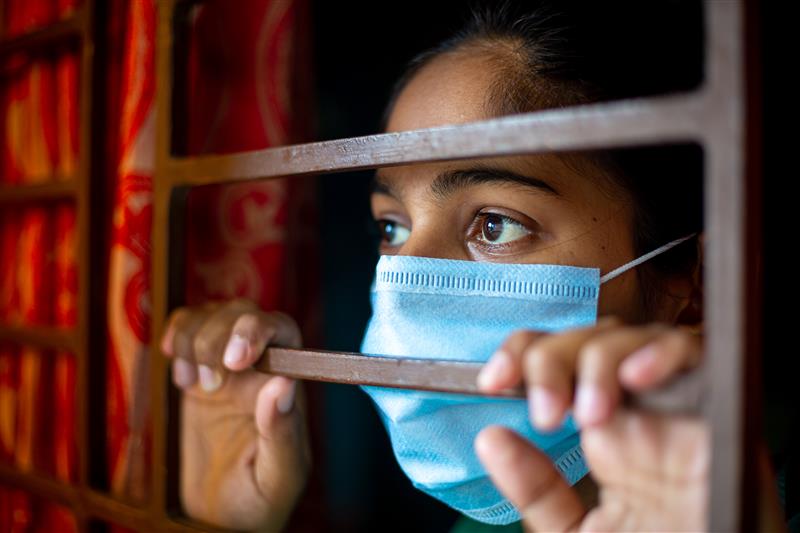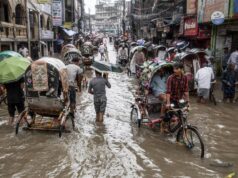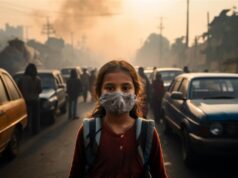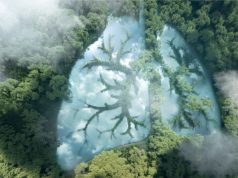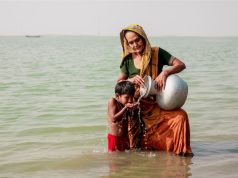In 2025, it should not be news that millions of people still live without clean drinking water or a working toilet. But in India, that’s the reality. Every day, contaminated water quietly sickens families. Flooded drains spill sewage into homes. Schoolgirls have to skip class because there’s no bathroom. And in hospitals, children die from diarrhoea, something easily preventable with safe water and basic hygiene.
However, it is not for lack of effort. India has spent billions on water pipelines and toilet construction. Government missions have reached nearly every rural village but somewhere between the grand schemes and the daily grind, the system breaks.
The human cost of contaminated water
Diarrhoeal diseases remain a leading killer in India, especially among children. According to UNICEF, around 100,000 children under the age of five die annually due to poor water, sanitation, and hygiene1. The World Health Organization estimates that over 395,000 deaths globally could be prevented with basic water and sanitation improvements2. In cities like Ahmedabad, 897 deaths from water- and mosquito-borne diseases were recorded in public hospitals from 2015 to 20253.
Beyond mortality, the economic cost is staggering. India loses an estimated $600 million annually to waterborne diseases, not to mention the lost productivity and educational setbacks, particularly for women and children who bear the brunt of inadequate WASH (Water, Sanitation, and Hygiene) services4.
India has made impressive progress in expanding access to drinking water. As of February 2025, the Jal Jeevan Mission (JJM) had brought tap water to nearly 80% of rural households5. But quantity doesn’t guarantee quality. A significant share of India’s water, especially in rural areas, comes from untreated groundwater sources, many of which are contaminated. Arsenic, fluoride, and heavy metals plague districts across Maharashtra, Bihar, West Bengal, and Punjab.
Sanitation infrastructure
India’s flagship Swachh Bharat Mission (SBM) dramatically increased toilet coverage. Yet building toilets is only half the battle. By October 2019, all villages in India were declared Open Defecation Free (ODF) under the Swachh Bharat Mission-Gramin (SBM-G). This marked a jump from just 38.7% of rural households with access to toilets in 2014 to nearly 100% coverage in 20197. Yet, a UNICEF report showed that one-sixth of rural India still defecates openly7.
This is because many such facilities, in both rural and urban areas, are unusable due to poor maintenance, lack of water, or absence of separate provisions for women. Women are particularly affected and the problem even extends to schools, especially those without functioning toilets, contributing to absenteeism among girls8.
Untreated waste and polluted rivers
Sewage treatment remains India’s Achilles’ heel. Of the 38,354 million liters per day (MLD) of sewage generated, only about 11,786 MLD is treated. The rest flows into rivers, lakes, and groundwater which further pollute drinking water sources and spreading disease9.>
In Maharashtra, 89 new sewage treatment plants (STPs) are in development, yet half of the state’s 9,190 MLD sewage output is still dumped untreated10. In Punjab, while STPs exist, only 87% of the installed capacity is used, leaving 268 MLD untreated11. Meanwhile, unregulated RO plants continue to sell contaminated water in cities like Nagpur.
Climate and urban pressures
Climate change is amplifying the crisis. Erratic rainfall, heatwaves, and urban flooding are overwhelming outdated infrastructure. The monsoon brings not just relief but risk with flooding drains, overflows septic tanks, and spreads waterborne diseases like cholera, jaundice, and typhoid. Urban sprawl is making things worse. As cities expand, wetlands disappear, sewage networks collapse under pressure, and groundwater sources become more polluted and overdrawn.
What is being done?
India’s response has been multi-pronged. The Jal Jeevan Mission has extended to 2028, with ₹67,000 crore allocated in the 2025 Union Budget12. In urban areas, AMRUT 2.0 aims to create 24×7 water supply and upgrade sewerage systems13. SBM Phase II is focusing on waste management and behavior change.
Community efforts and public-private partnerships offer hope. In Maharashtra, a Tata Motors initiative revived 356 water bodies, benefiting 350,000 people14. Yet challenges persist as infrastructure is underused or poorly maintained. Behavior change remains slow and water pollution laws go unenforced, with climate adaptation lagging. Without regular monitoring, sustainable financing, and community engagement, the gains could unravel. To turn the tide, India must shift from infrastructure expansion to sustainability and governance:
- Monitor in real time: Use sensors to track water quality and enforce pollution controls.
- Charge for sustainability: Introduce water and sanitation tariffs to fund maintenance, not just construction.
- Engage communities: Scale successful PPPs and community-led models like Gram Vikas.
- Prioritize equity: Design facilities that work for women, slum dwellers, and schools.
- Focus on quality: Test and treat water at the source; regulate RO units and groundwater use.
India’s battle for clean water and sanitation is far from over. Progress has been made but it’s fragile. Public health depends not just on new pipes and toilets, but on the systems, behaviors, and enforcement that keep them working. Without that, the same cycle will continue: build, break, neglect, rebuild and lives lost in the gap. Water is life and sanitation is dignity. For India to truly thrive, both must be safe, reliable, and universal.
[1]https://www.unicef.org/india/what-we-do/water-sanitation-hygiene
[2] https://www.who.int/news-room/fact-sheets/detail/sanitation
[4] https://www.unicef.org/india/what-we-do/clean-drinking-water
[5] https://jaljeevanmission.gov.in/
[6] https://www.pib.gov.in/PressReleasePage.aspx
[7] https://www.downtoearth.org.in/water/is-open-defecation-back-in-india–90483
[8] https://pmc.ncbi.nlm.nih.gov/articles/PMC6130156/
[9] https://www.hccb.in/blog/sustainability/water-waste-management-plant-at-hccb
[12] https://www.pib.gov.in/PressReleseDetailm.aspx?PRID=2098368
[13] https://amrut.mohua.gov.in/uploads/AMRUT_2.0_Operational_Guidelines.pdf


